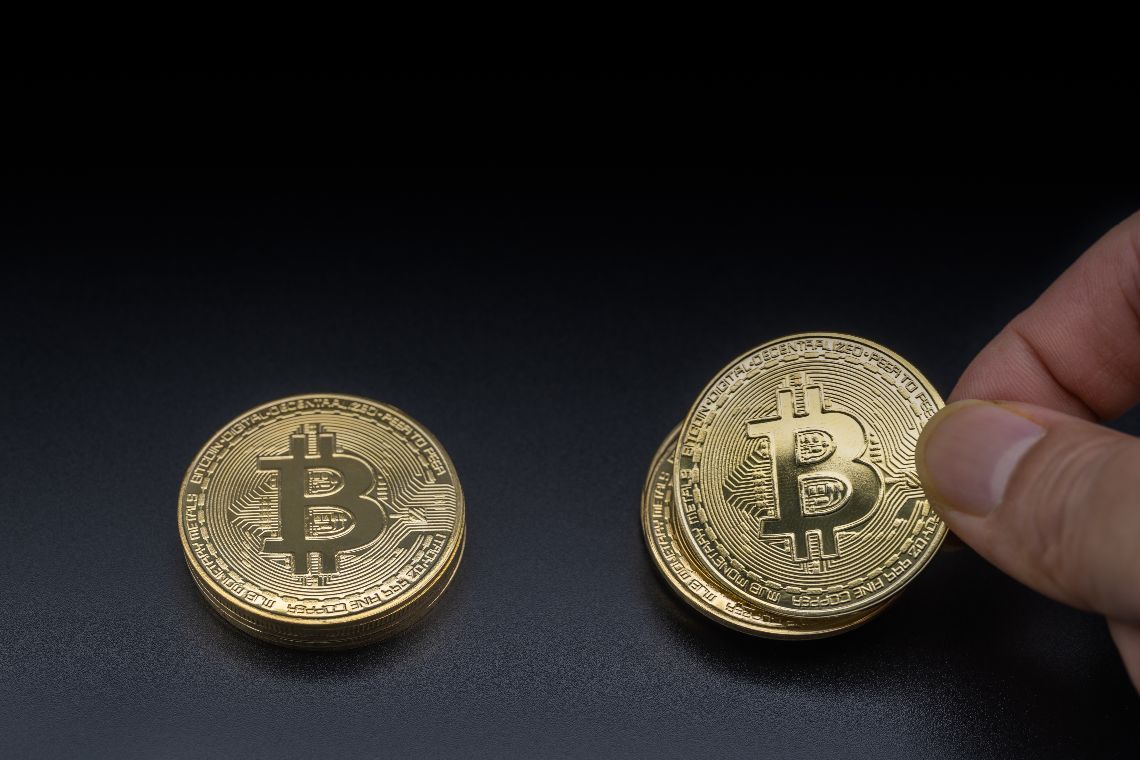A recent study by Juniper Research estimates that $206 billion will be lost globally due to online payment fraud between 2021 and 2025.
This is equivalent to almost 10 times Amazon’s net income in 2020.
In fact, the study found that due to the pandemic, there has been a veritable new wave of fraud based on identity and account theft, in particular, to seize associated payment data.
Digital payments were already a booming industry even before the COVID-19 pandemic, but due to the need for social distancing, they have experienced record growth, with Juniper Research predicting that users will exceed 4.4 billion globally in 2025, up from 2.6 billion in 2020.
Unfortunately, this has also created new opportunities for cybercriminals, particularly through omnichannel online sales and initiatives that encourage the open use of financial data.
Innovation in this area has the potential to be a positive force, but online payments involve a complex web of interactions and APIs that, while creating opportunities for stakeholders, also generate greater risks.
Types of online payment fraud
Moreover, cybercriminals are always one step ahead: they use a mix of social engineering and technological know-how to circumvent protections, and the only way to combat them is to understand the mechanisms in place to strengthen protections.
The report recognizes 14 different types of online payment fraud, and suggests adapting user behaviour to the new threats.
Online purchases of physical goods are the main source of this fraud, and it explicitly urges fraud prevention service providers to offer services based on digital identity verification.
With this in mind, the research estimates $11.8 billion to be spent globally on fraud detection and prevention services in 2025, up from $9.3 billion in 2021, and suggests the creation of platforms that can cover all emerging channels used for online payments, including new areas such as open banking.
It also suggests the idea of creating “zero-trust” payment ecosystems that offer an option to always verify payments, without ever having to trust third parties or store your own data, using for example security measures such as tokenization.
Research co-author Nick Maynard said:
“Given the large amounts of online payment transactions globally, it is essential that this transactional data is leveraged to continually detect fraudulent transactions. Payment providers who can use this data to identify new fraud sources and tactics will be those who prove to be the most resilient to this significant market loss”.
The post Online payment fraud on the rise appeared first on The Cryptonomist.






















